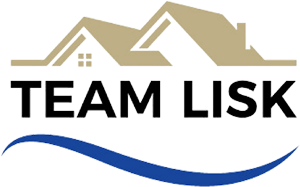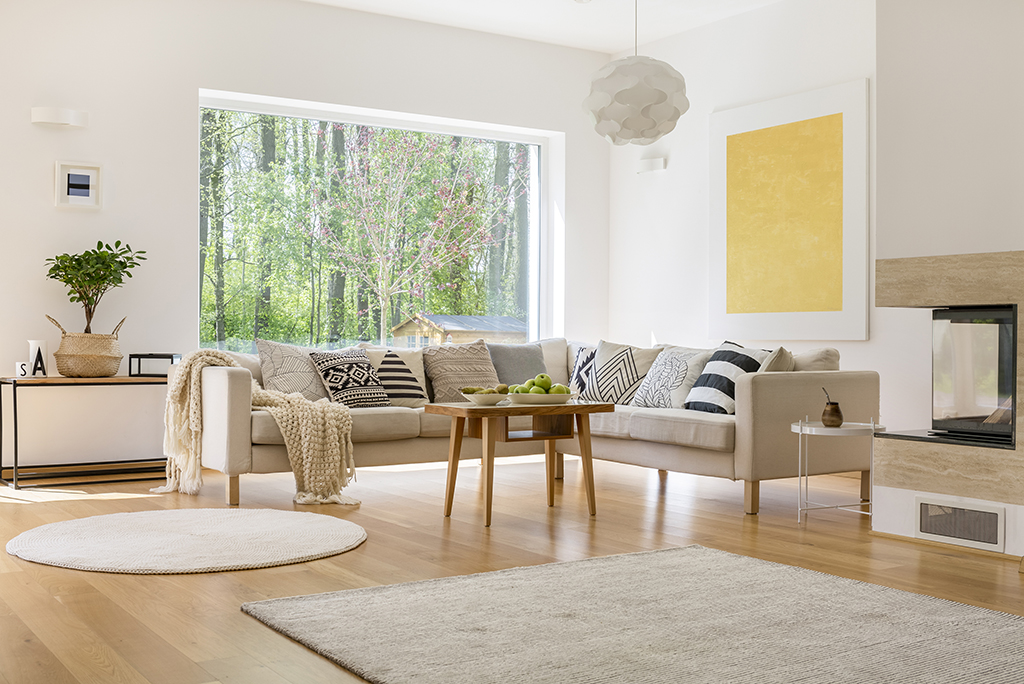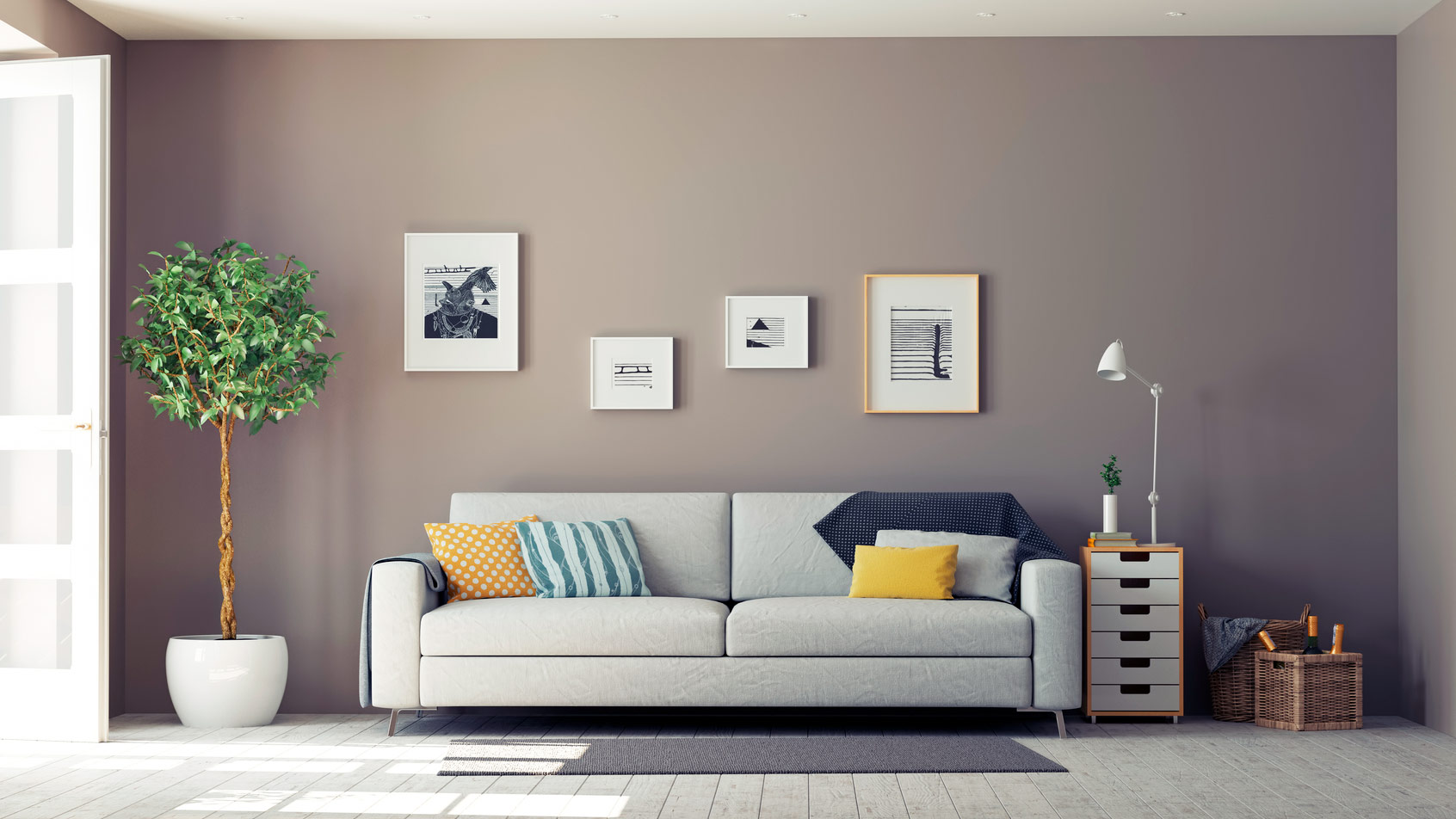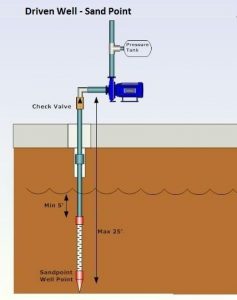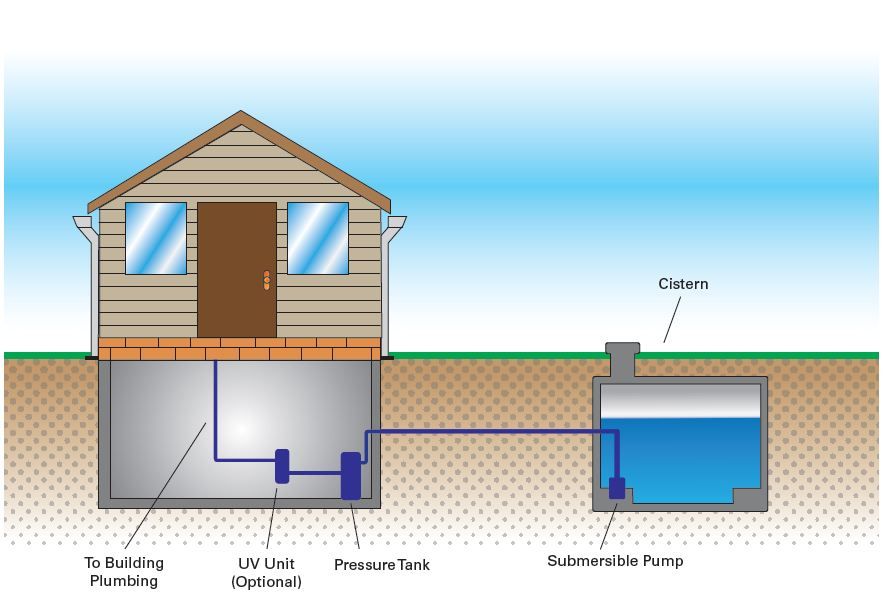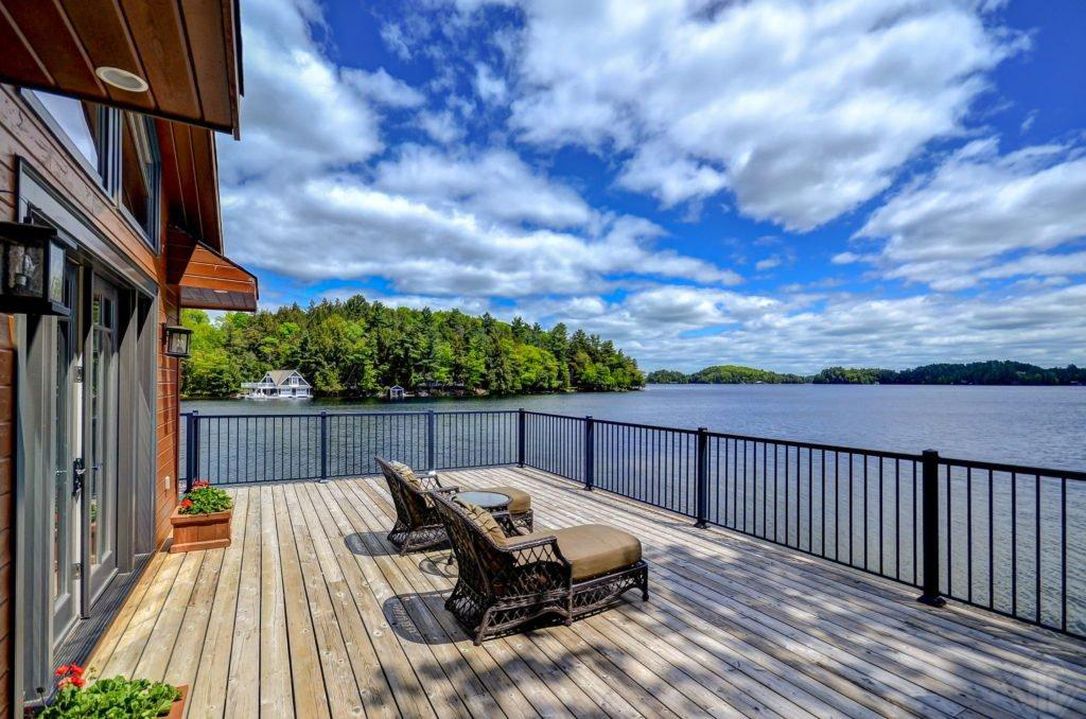Across Ontario, the vast majority of the hundreds of thousands of cottages are owned with the land included. However, there are some cottages where you can’t buy the land. What does that mean for you as a cottage owner?
What is leased land?
There are about 3,200 cottages in the province under land-lease deals, located in places like Lake Simcoe, the Sudbury area, and here in Bruce County. All of these cottages are built on land owned by First Nations and leased to cottage owners. The cottage residence can be bought but the land cannot.
What are the fees for leased land?
The purchase price of land-leased cottages can be quite low compared to fully-owned cottages, but there are other costs involved. The cottage owner pays a yearly lease fee (perhaps $5,000 to $7,000, depending on the proximity to a lake) and there may be a service fee ($600, for example) for garbage pickup, road maintenance and other essential services.
The leasing agreements come up for renewal at a fixed number of years.
Are there leased land cottages in Grey and Bruce counties?
One of Canada’s largest recreational lease arrangements is located here in Bruce County between the towns of Sauble Beach and Southampton on Lake Huron. The Saugeen First Nation leases land to about 1,200 cottagers in four different blocks of land.
The membership leases with the Saugeen First Nation came up for renewal again in May 2021.
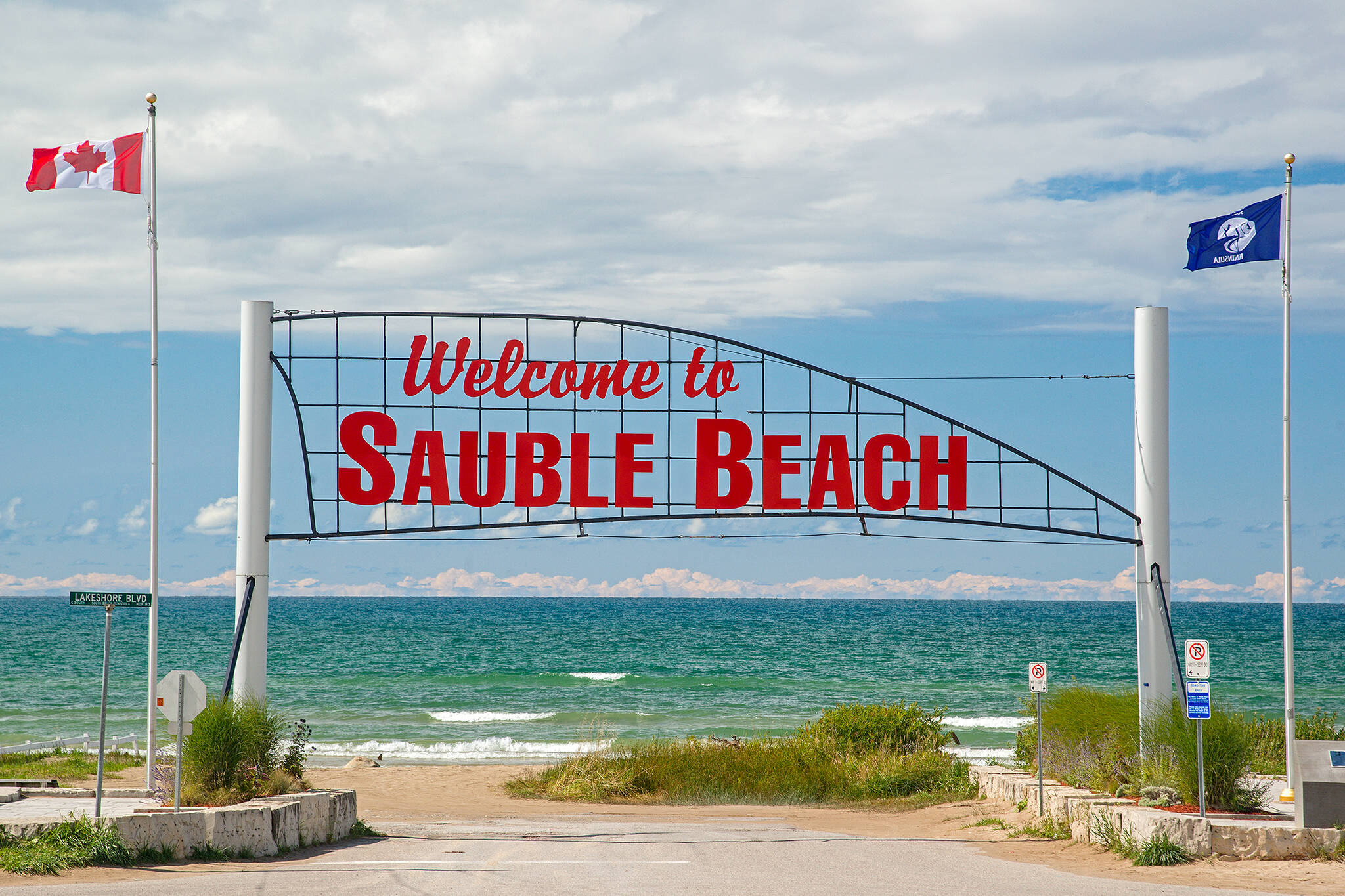
How long do the leases last?
Leases are determined by individual First Nations. They can run anywhere from five to 25 years.
What is the annual cost?
The purchase price of land-leased cottages can be quite low compared to fully-owned cottages, but there are annual costs that include the lease fees and the service fees.
The annual lease fees can vary between First Nations, and even between waterfront and other locations within a First Nation. For example, a waterfront property might lease for about $9,000, while cottages further inland might lease for around $6,000.
An annual service fee pays for work provided by the fire and police departments, the works department (road maintenance, recycling, garbage collection, landfill site monitoring and maintenance, streetlights), and the land & leasing office. This fee could be $1,000 per year.
Can the annual fees increase drastically at the end of the lease period?
It’s possible. The rates are determined and set every five years by an appraiser using a direct market comparison. If land prices are going up everywhere in the area near the leased land, then the annual fees would increase in a similar manner.
Can you rent a cottage that is leased?
No. You are not allowed to use your cottage for business purposes like renting your cottage to the general public.
Are there other restrictions for using a leased land cottage?
There will likely be a few restrictions. Here are some examples:
- Unlimited use of the cottage from May to October
- From November to April, you can occupy your cottage for a total of 10 days in each month
- You might be able to extend the unlimited use of the cottage by two months by contacting the Land Management Office and paying an additional lease fee
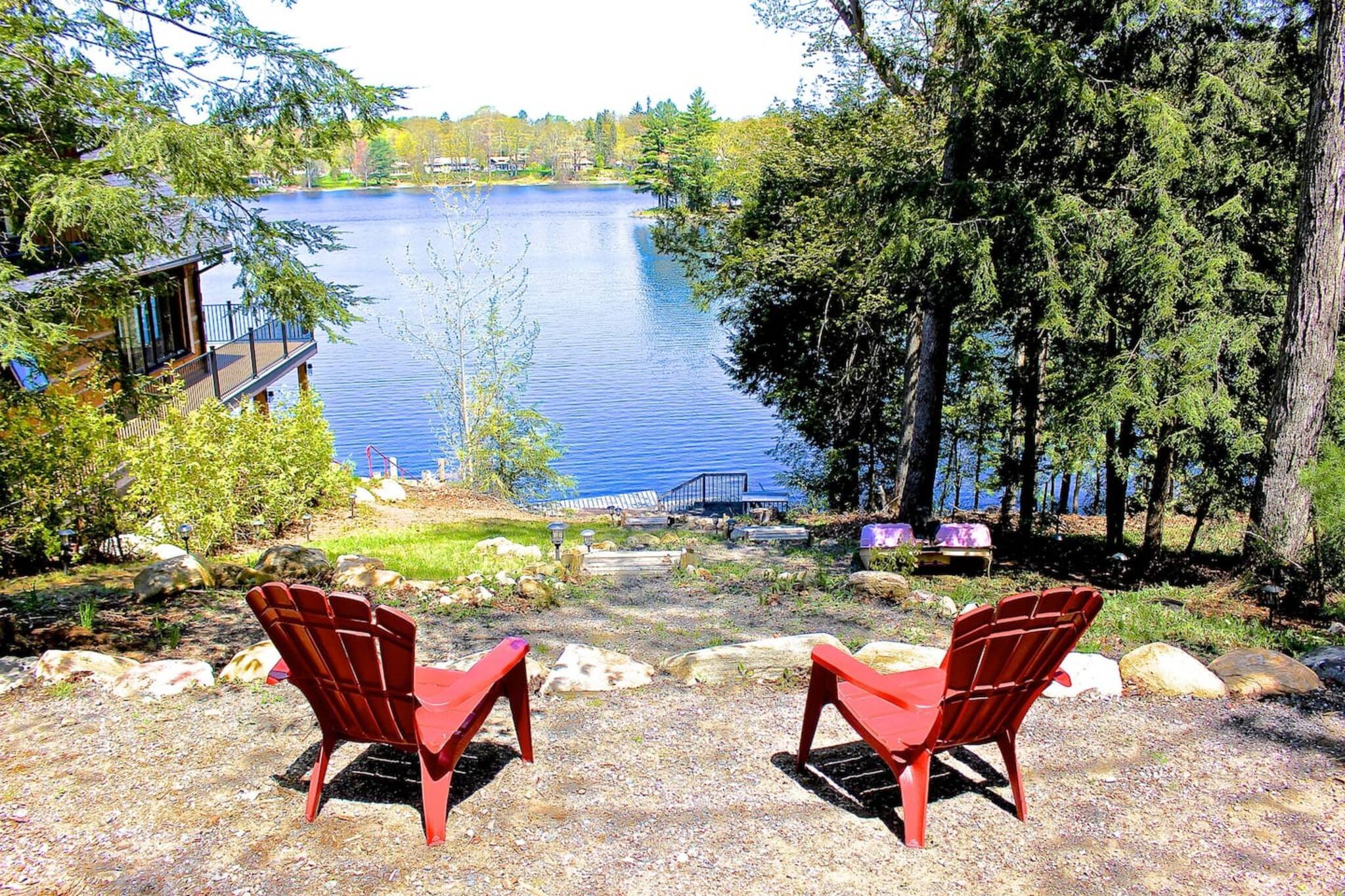
What are the typical closing costs for the buyer?
When you buy a lease land cottage, these are the types of closing costs you’ll encounter (listed here with approximate prices).
- Home inspection (optional): $400
- Septic Inspection (often at sellers expense): $350
- Lawyer: $600 to $800
- Insurance on cottage: $600 to $1000
- Administrative transfer (no land transfer fee): $500
- Survey of the property (optional): $80
Where to find more information
If you would like more information about cottage properties owned by the Saugeen First Nations 28 and 29 (near Southampton and Sauble Beach) and see a copy of a lease, use the contact information below for the Land Management office or the local cottager’s associations.
Kirk Roote
Lands Manager
Saugeen Land Management and Leasing
P.O. Box 640
Southampton, Ontario, N0H 2L0
Phone: 519 797-3039 (weekdays from 9:00 am to 4:30 pm)
Email: kirk.roote@saugeen.org
Website: https://saugeenfirstnation.ca/
There are four cottager’s associations in this area: Chiefs Point, South Sauble, French Bay, and Block “B. They are all represented by a board of directors of the Saugeen Cottagers’ Organization Inc (SCOI) – www.scoi.ca. This is the umbrella organization that is the primary contact between cottagers and the Saugeen First Nation.
